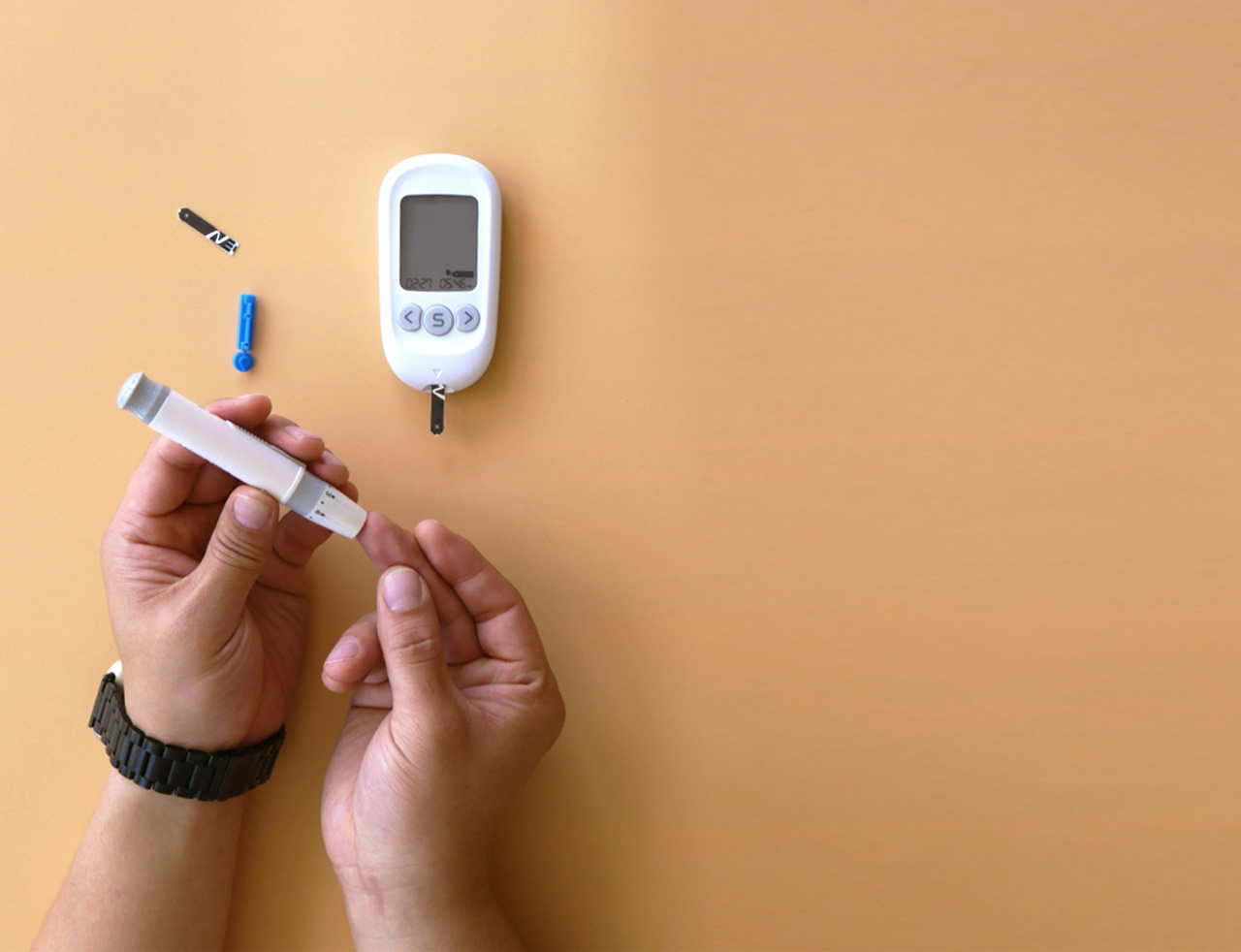Diabetes is a chronic metabolic disorder characterized by elevated blood glucose levels due to insulin dysfunction or insulin resistance.
It affects millions of people worldwide and is associated with various complications, including cardiovascular diseases. One such complication is arrhythmia, an abnormal heart rhythm that can have severe consequences on an individual’s health and well-being.
The Prevalence of Diabetes and Hypoglycemia
Diabetes is a growing public health concern, with its prevalence increasing at an alarming rate.
According to the International Diabetes Federation (IDF), approximately 463 million adults were living with diabetes in 2019, and this number is projected to rise to 700 million by 2045. Diabetes can be classified into different types, including type 1, type 2, and gestational diabetes.
Hypoglycemia, on the other hand, refers to low blood sugar levels, typically below 70 mg/dl (3.9 mmol/L). It commonly occurs in individuals with diabetes who are on glucose-lowering medications such as insulin or certain oral hypoglycemic agents.
The risk of developing hypoglycemia is particularly high in patients who tightly control their blood sugar levels.
The Link Between Diabetes, Hypoglycemia, and Arrhythmia
An arrhythmia occurs when the heart beats irregularly or abnormally. It can manifest as a fast heartbeat (tachycardia), a slow heartbeat (bradycardia), or an irregular heartbeat (atrial fibrillation).
Several mechanisms contribute to the development of arrhythmias in patients with diabetes and hypoglycemia:.
1. Autonomic Dysfunction:
Diabetes and hypoglycemia can damage the autonomic nervous system, which regulates heart rate and rhythm. Autonomic dysfunction disrupts the normal functioning of the heart’s electrical system, leading to arrhythmias.
2. Electrolyte Imbalance:
Prolonged hyperglycemia and hypoglycemia can disrupt the balance of electrolytes such as potassium and magnesium, crucial for maintaining normal heart rhythm. Electrolyte imbalances can trigger arrhythmias in susceptible individuals.
3. Vascular Damage:
Diabetes and hypoglycemia can cause damage to blood vessels and impair blood flow to the heart. Reduced blood supply to the heart muscles can lead to ischemia, a condition characterized by inadequate oxygen supply, which may trigger arrhythmias.
4. Increased Inflammatory Response:
Patients with diabetes and hypoglycemia often have chronic low-grade inflammation. Inflammation can disrupt the electrical signaling within the heart, making it more susceptible to arrhythmias.
5. Autonomic Neuropathy:
Autonomic neuropathy, a common complication of diabetes, affects the nerves that control the heart. Damage to these nerves can disrupt the heart’s electrical signals, leading to arrhythmias.
Types of Arrhythmias Associated with Diabetes and Hypoglycemia
Diabetes and hypoglycemia are associated with various types of arrhythmias:.
1. Ventricular Arrhythmias:
Ventricular arrhythmias occur when abnormal electrical signals originate from the ventricles, the heart’s lower chambers.
Examples include ventricular tachycardia and ventricular fibrillation, both of which can be life-threatening if not promptly treated.
2. Atrial Fibrillation:
Atrial fibrillation is a common arrhythmia characterized by chaotic electrical activity in the heart’s upper chambers (atria). It significantly increases the risk of stroke and other cardiovascular complications.
3. Sinus Node Dysfunction:
Sinus node dysfunction refers to abnormalities in the heart’s natural pacemaker (sinus node), resulting in bradycardia or pauses between heartbeats. This can lead to symptoms such as dizziness, fainting, and fatigue.
Preventing Arrhythmias in Patients with Diabetes and Hypoglycemia
Prevention is key in reducing the risk of arrhythmias in patients with diabetes and hypoglycemia. Here are some strategies to consider:.
1. Maintaining Good Glycemic Control:
Tightly managing blood sugar levels can help prevent hypoglycemia, reducing the risk of arrhythmias associated with low blood sugar.
Regular monitoring, proper diet, exercise, and adherence to medication regimens play crucial roles in achieving optimal glycemic control.
2. Managing Cardiovascular Risk Factors:
Controlling other cardiovascular risk factors such as high blood pressure, high cholesterol levels, and obesity is essential in preventing arrhythmias.
Lifestyle modifications, including a healthy diet, regular exercise, and smoking cessation, can significantly reduce the risk of heart-related complications.
3. Regular Medical Check-ups:
Frequent medical check-ups enable healthcare professionals to detect and manage any potential complications promptly. Regular electrocardiograms (ECGs) and other cardiac assessments can help identify early signs of arrhythmias.
4. Medication Management:
If you have diabetes or hypoglycemia, it is crucial to work closely with your healthcare provider to find the right combination of medications that effectively manage your condition without increasing the risk of arrhythmias.
Some diabetes medications, such as certain types of insulin, may be associated with a higher risk of hypoglycemia-induced arrhythmias.
Conclusion
Diabetes and hypoglycemia can significantly increase the risk of developing arrhythmias, which can have serious implications on an individual’s health and quality of life.
Understanding the mechanisms that contribute to arrhythmias in these patients is crucial for prevention and proactive management.
By maintaining good glycemic control, managing cardiovascular risk factors, regularly monitoring cardiac health, and optimizing medication regimens, individuals with diabetes and hypoglycemia can reduce their risk of arrhythmias and improve overall cardiovascular health.




























